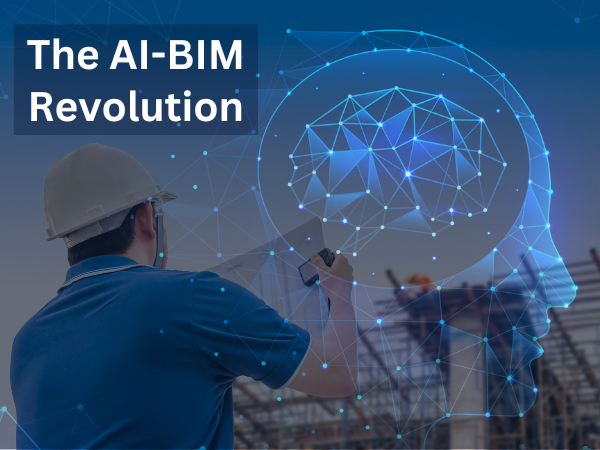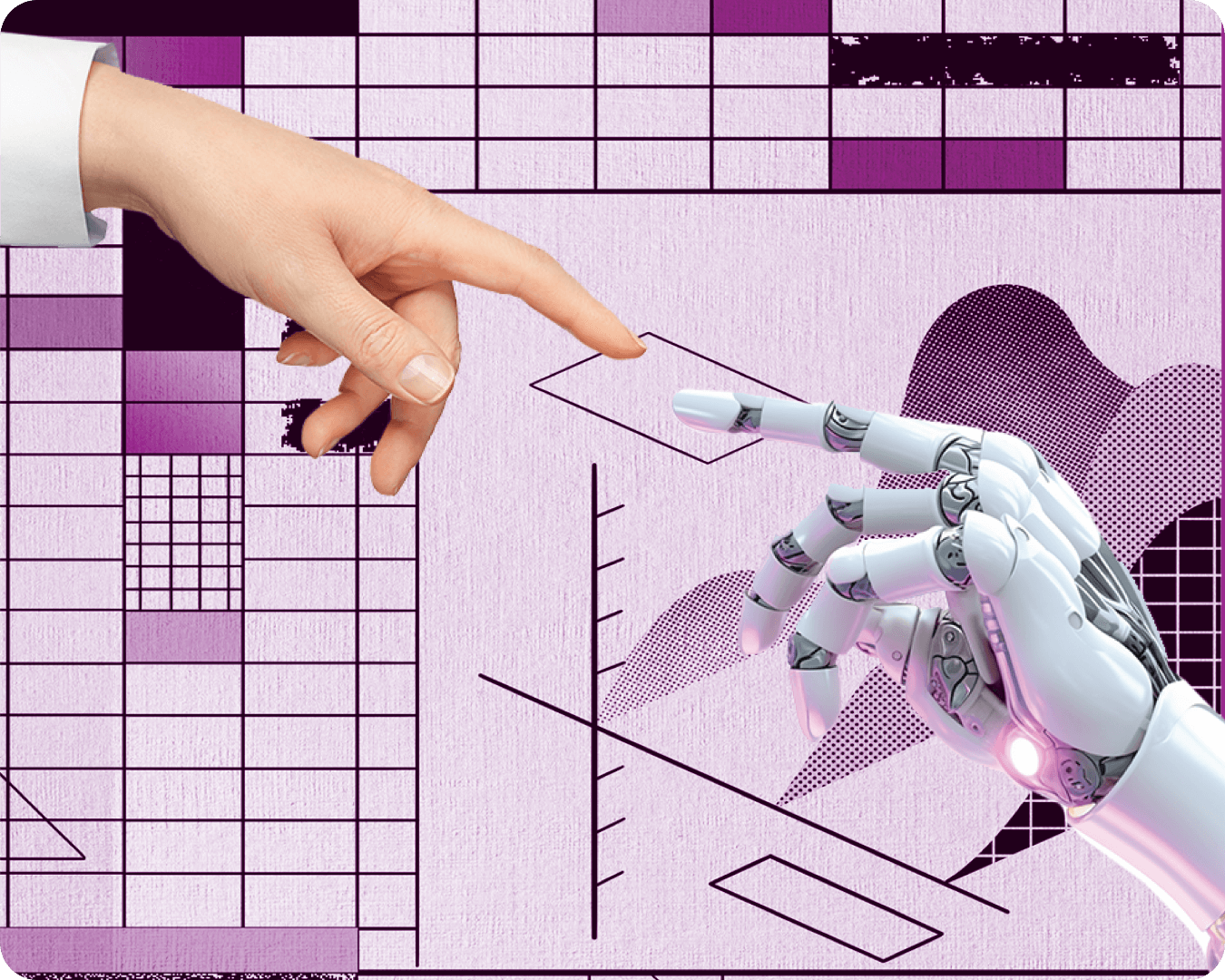The AI-BIM Revolution: Analyzing the Benefits and the Future of Construction
June 13, 2023

In the dynamic world of architecture, engineering, and construction (AEC), Building Information Modeling (BIM) has emerged as a notable change, transforming the way projects are conceptualized, designed, executed, and managed. Now, envision taking BIM to the next level by infusing it with the power of Artificial Intelligence (AI). This convergence of AI and BIM holds tremendous potential, revolutionizing the industry and paving the way for new frontiers of innovation.
In this captivating blog post, we will explore the extraordinary benefits of AI in BIM, supported by awe-inspiring statistics and visionary insights. Join us on this journey as we uncover how AI-driven BIM is set to redefine the future of construction.
Exploring the Benefits of AI in BIM
- Enhanced Productivity and Efficiency: AI catalyzes BIM workflows into hyperdrive, improving productivity and efficiency in the AEC industry. According to Autodesk, this dynamic duo can slash design and documentation time by up to 30%, allowing professionals to channel their creative energies into more value-added tasks. Projects are completed faster, deadlines are effortlessly met, and costs are significantly reduced.
AI also unlocks intelligent optimization capabilities that were once unimaginable. To generate optimized design solutions, machine learning algorithms analyze extensive datasets, historical project information, and performance criteria. Architects and engineers can explore many design alternatives, hand-picking the most optimal ones based on specific project goals. It is like having a supercharged design assistant by your side, enabling you to achieve unparalleled efficiency and excellence.
- Exquisite Precision and Unparalleled Quality: Picture a world where design errors are caught before they can surface. Thanks to AI, this dream has become a reality in BIM. AI-based clash detection has emerged as a formidable force, reducing design conflicts by a staggering 75% compared to traditional methods (Source: Journal of Construction Engineering and Management). AI’s eagle-eyed analysis dissects complex datasets, enabling early error detection and prevention. Design errors are nipped in the bud, leading to substantial time and cost savings while ensuring impeccable project quality.
- The Rise of Data-Driven Decision-Making: AI empowers construction stakeholders with invaluable real-time insights and predictive analytics. Decision-making in the dark becomes outdated. McKinsey & Company reports that AI-powered risk management systems can slash project delays by up to 20%. By harnessing historical project data and real-time monitoring, AI algorithms identify potential risks and offer invaluable insights for initiative-taking decision-making and risk mitigation. With this knowledge, project teams can avoid pitfalls, keeping projects on track and clients satisfied.
AI also acts as a powerful catalyst for collaboration and coordination among project teams. Seamless communication facilitated by AI tools breaks down silos, fostering harmonious collaboration and reducing conflicts during construction. Design changes, updates, and approvals flow effortlessly, resulting in the smoothest project executions.
Studying the Future of Construction with AI-BIM
As today’s AI-BIM triumphs set the stage, an exciting dawn of possibilities awaits, teeming with innovation and transformative potential. Let us explore the future implications of this dynamic duo in more detail.
- Advanced Automation and Optimization: The evolution of AI in BIM is poised to deliver unprecedented levels of automation and optimization. Brace yourself for a design revolution! AI algorithms will take the wheel, revolutionizing design generation, optimization, and simulation. We can witness the birth of generative design techniques, where AI autonomously generates awe-inspiring design solutions that push the boundaries of creativity and efficiency. This seismic shift will streamline the design process and unlock groundbreaking solutions once confined to imagination.
- Intelligent Insights and Predictive Capabilities: The fusion of AI and BIM will elevate the industry to new heights of intelligence. We can expect a future where AI offers more accurate and robust insights through advanced data analysis and predictive analytics. Real-time monitoring and analysis will become the norm, empowering decision-makers with proactive strategies for risk management and resource allocation. With AI as their guide, construction professionals will confidently navigate the complex landscape, armed with data-driven foresight.
- Ethical Considerations and Responsible Adoption: As AI takes center stage in the construction industry, addressing ethical considerations and fostering responsible adoption is essential. Transparency, accountability, and unbiased decision-making must underpin the integration of AI in BIM. Industry stakeholders, researchers, and policymakers must come together to establish robust guidelines and standards that ensure AI’s ethical and responsible use. Doing so can create a future where AI in BIM becomes a force for good, empowering the industry while safeguarding societal values.
Integrating AI in BIM unlocks a plethora of benefits that enhance productivity, accuracy, and decision-making capabilities in the AEC industry. AI-driven automation and optimization streamline workflows while precision and quality soar to new heights. With real-time insights and predictive capabilities, project teams become architects of their success, mitigating risks, and delivering projects that exceed expectations. As we peer into the future, AI-BIM emerges as a transformative force, poised to shape the way we design, build, and experience our built environment. Let us embrace the AI-BIM revolution and embark on a journey where human creativity and technological prowess unite for a brighter, more extraordinary future for the industry and the world.














